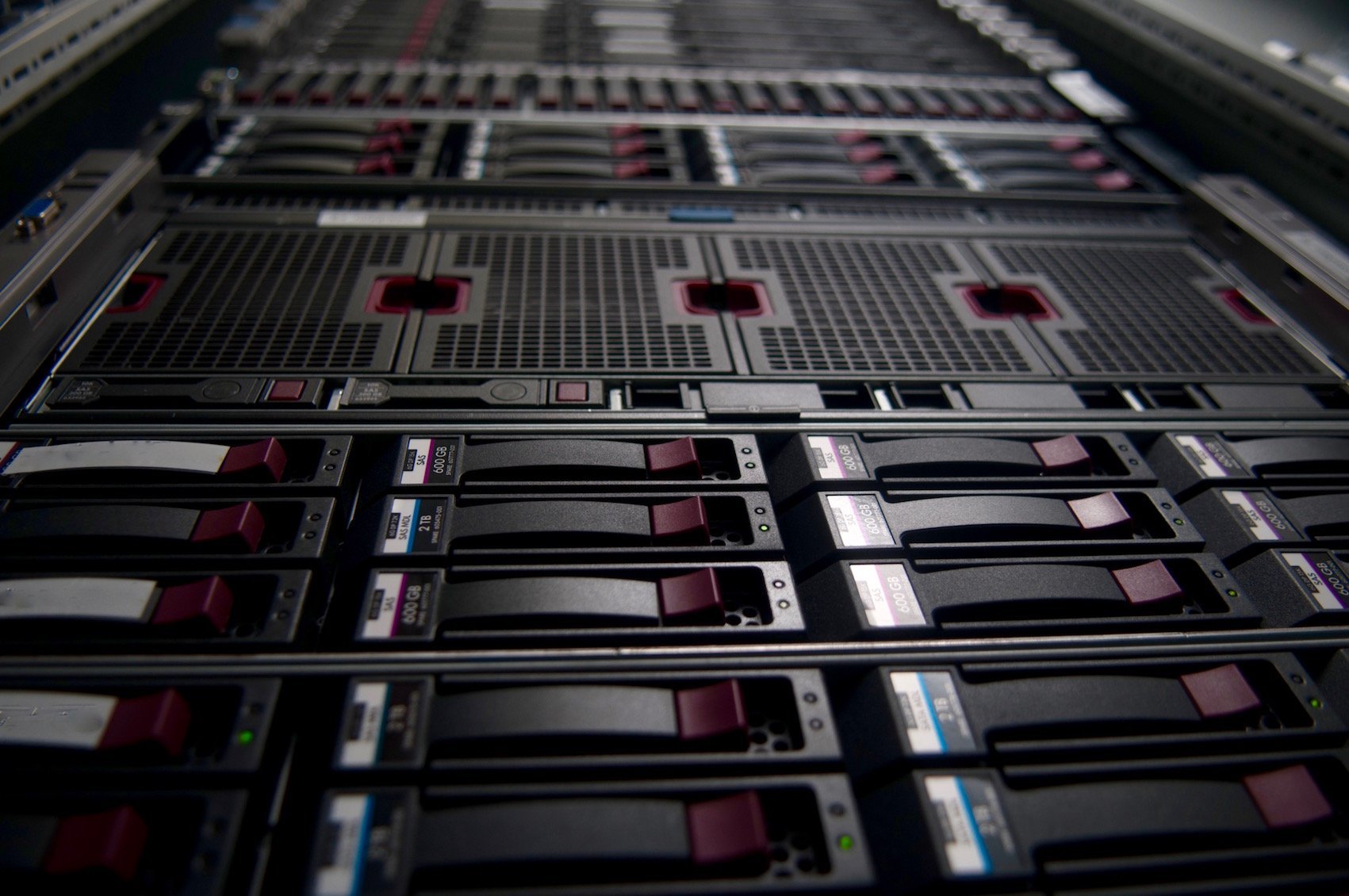In our previous blog post, we described how to tackle the challenge of choosing the right video conferencing solution and describe a methodology. In this post we will let you in on our findings and conclusions.
Findings - part 1
To start, a very interesting observation is that none of the well-known and most used video conferencing solutions did make it beyond the first part of the review. This means that legal requirements for processing of personal data ... [continue reading]






 A really useful Elasticsearch feature is the capability
A really useful Elasticsearch feature is the capability